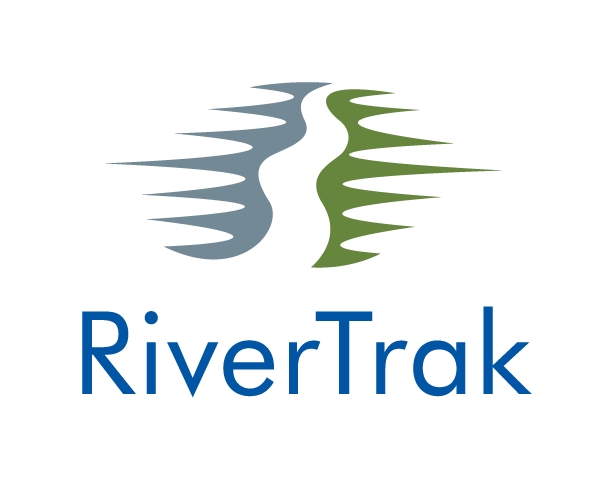Reports
RiverTrak® produces a customized report based on the impact of flooding at your property of interest. FEMA's regulatory maps show if a structure is in or out of the 100-year floodplain. RiverTrak reports provide you a more comprehensive understanding of flood risk.
A report includes:
FEMA Explained: Since FEMA is the regulatory standard for determining if flood insurance is required at a property, that information is important. A RiverTrak® report will help explain how FEMA regulations apply to your property in an easy to understand way.
FEMA Comparison: FEMA maps draw a line, if you are on one side then you are required to have flood insurance, on the other side and you are not. Many believe if you are not required to have insurance then there is a low risk, but this is not the case. It is important to know where your property lies in relation to the 100-year flood zone. RiverTrak® reports visualize your property in relation to the 100-year flood plain.
Flood Risk Frequency: RiverTrak® reports include flood maps of the FEMA 5-year, 30-year, 100-year, 200-year, and 500-year floods at your property. The maps include depths at multiple points on the property.
First Flood Impact: Our model can indicate the river height at local gages when your property is first impacted by flood water. This provides a more granular understanding of flood risk at your property, beyond a simple in or out of the 100-year flood zone.
Historical Context: RiverTrak® reports include maps of flood impacts at your property for past events. Historical data does not necessarily indicate future conditions, but it is valuable to understand how flooding of the past could impact your structure today. We will show how often recorded flood waters have reached the height required to be considered a first flood impact at your property.
Overall Flood Score: RiverTrak® will assign a risk score from 'rare' to 'frequent' based on the first flood impact, historical relevance, and FEMA comparisons.
